1. To Reproduce and Complete Their Life Cycle
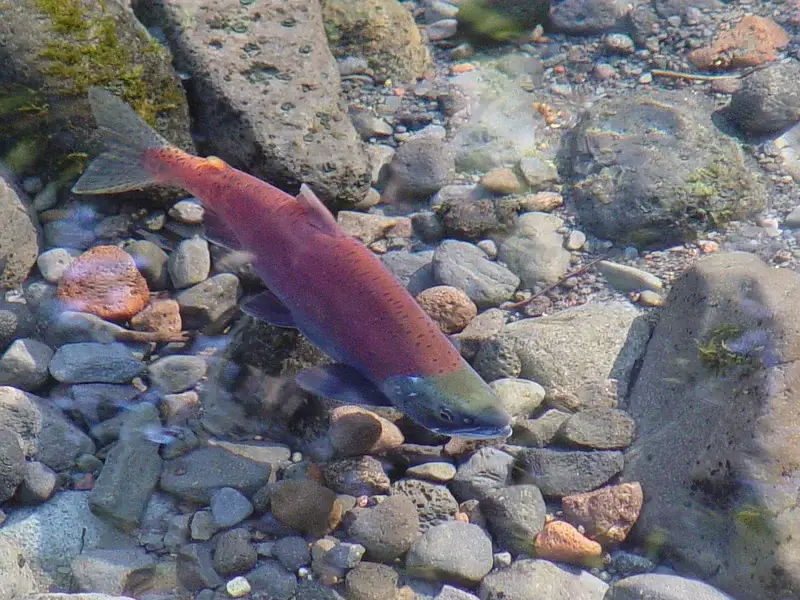
One of the most well-known examples of this behavior is the Pacific salmon. These fish travel from the ocean, often over thousands of miles, to return to the freshwater streams where they were born. The journey is not only a struggle against natural elements but also a race against time. Once they reach their spawning grounds, they lay their eggs, ensuring the next generation is born in the same waters. According to the State of Salmon, after spawning, the exhausted fish die. This act may seem tragic, but it’s actually part of a well-adapted cycle. As their bodies decompose, they provide a rich source of nutrients for other organisms in the ecosystem.
This process enhances the fertility of the water, feeding plants, insects, and even other fish. Salmon’s deaths are thus a vital part of the environment’s health, demonstrating how death can be as significant to life as reproduction itself. Their selfless act of dying after spawning ensures the continuation of their species and supports an entire food web. The cycle is deeply ingrained in their DNA and reflects an evolutionary trait that has served them for millions of years.
2. Natural Instincts and Evolutionary Traits
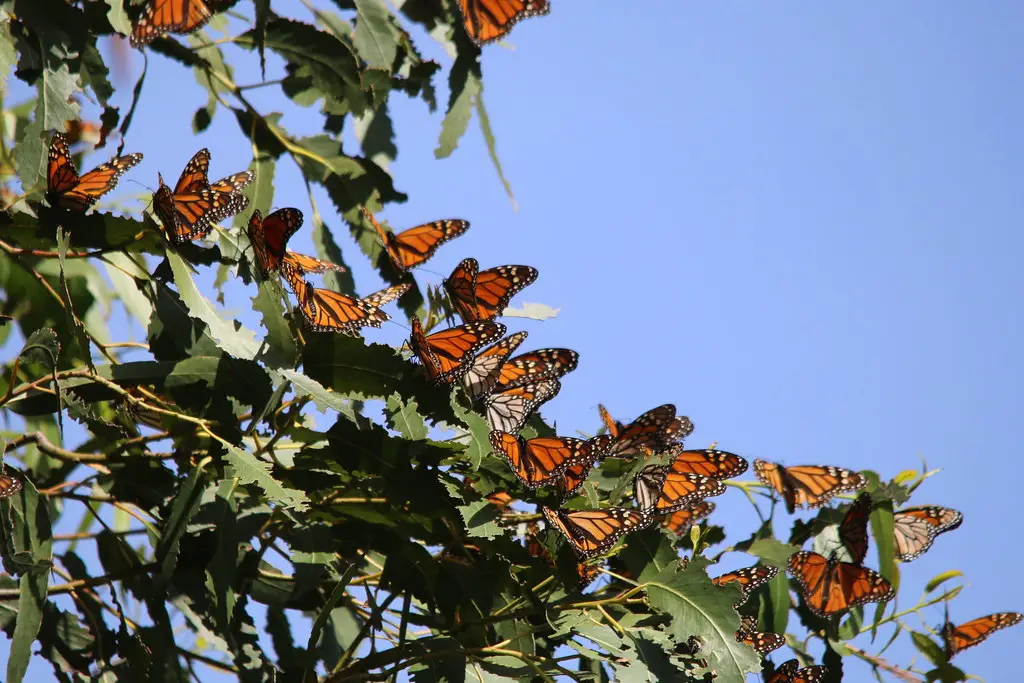
For some animals, the long migration to die is driven by deeply ingrained evolutionary traits. The monarch butterfly, for example, undertakes an incredible journey from North America to Mexico every year. According to the Monarch Joint Venture, during this journey, they travel up to 3,000 miles, relying on internal cues to guide them. These butterflies are not seeking food or shelter; they are following an ancient, evolutionary path that ensures their survival through the next generation. The migration is not a quest for personal survival, but rather a necessity to reproduce in a location that has been used for centuries. Upon arrival, they mate, and after laying eggs, they die.
This behavior isn’t just a random event; it is programmed into their genetics over generations. It ensures that the new generation will have the best conditions for survival. Monarchs are born with an innate knowledge of the migration route, which allows them to follow a path that ensures the cycle of life continues. The vast distances they cover serve as a testament to the strength of evolutionary instincts that ensure the species persists despite individual mortality. The monarch butterfly’s journey is a perfect example of nature’s way of ensuring that life continues beyond individual existence.
3. Environmental Stress
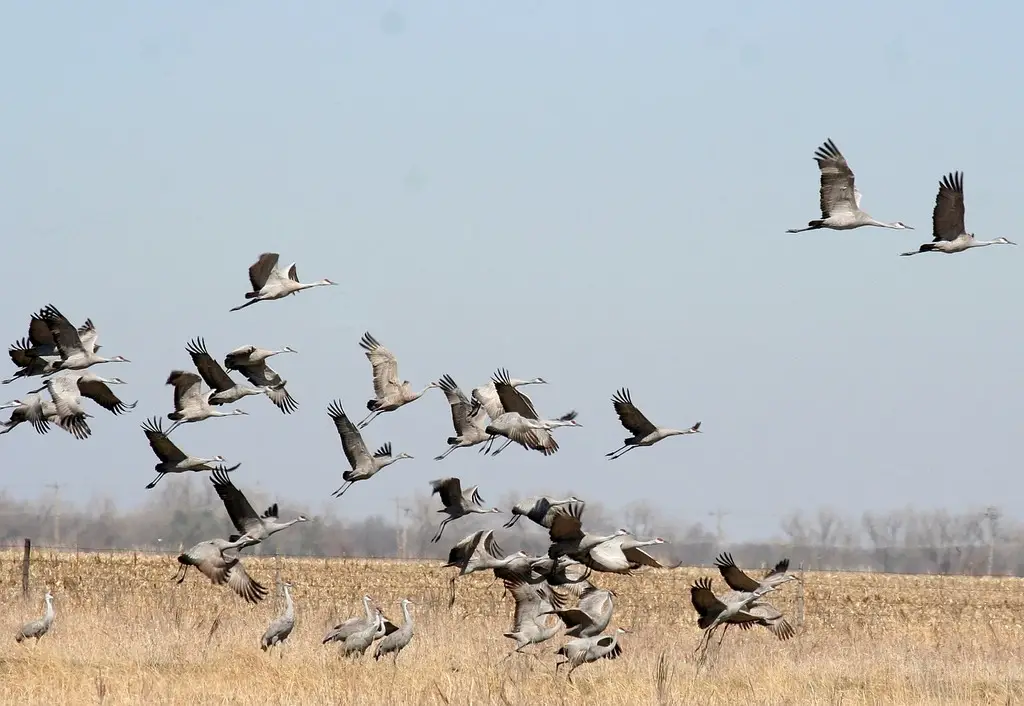
The natural environment plays a significant role in an animal’s migration and eventual death. In some species, according to ScienceDirect, environmental stress factors, such as changes in temperature, pollution, or habitat destruction, can trigger the urge to migrate to a particular location to die. The environmental conditions may no longer be conducive to their survival, prompting them to find a place that aligns better with their needs in their final days. These changes often signal that the animal is nearing the end of its lifespan, and the drive to travel is triggered by a need to find a space where they can pass away in peace.
This is seen in species like certain birds that may travel to warmer climates as they age, reducing the risk of dying from environmental stress. In some cases, animals are drawn to specific locations by a natural instinct to return to the places where they were born or raised, where the ecosystem may offer better conditions for their final moments. While the environmental stressors that prompt these migrations can be harsh, they are part of the natural cycle that allows species to continue thriving.
4. To Avoid Competition
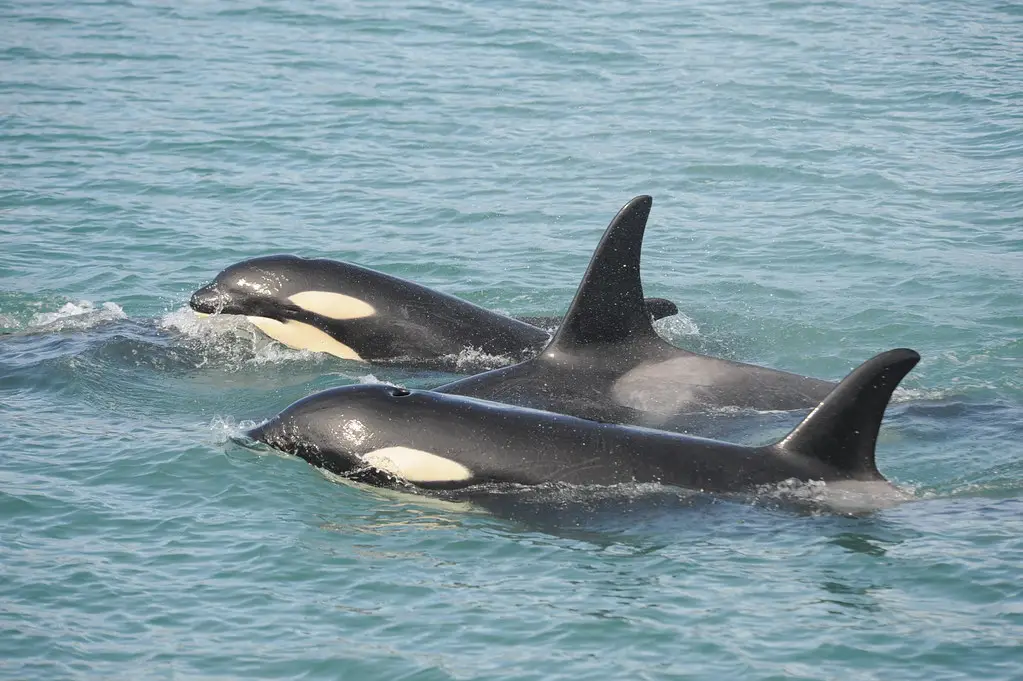
For some animals, death occurs far from the group to minimize competition for resources. In species like elephants or certain whale pods, older or weaker individuals may leave the herd as they near death. This allows the stronger, younger members of the group to thrive and reproduce without the risk of overcrowding or resource depletion. Elephants, for example, may wander off alone when they sense that they are nearing the end of their lives, although it is not proven, as discussed by PBS. In this way, they prevent themselves from becoming an obstacle to the survival of younger, more capable members of the herd.
By leaving the group, they help conserve resources and ensure the continued strength of the family unit. Similarly, some whale species may travel to isolated areas before they die to avoid putting the pod in danger. This is especially true in the case of whales that might be at risk of being targeted by predators. The idea is that by dying away from the group, the chances of survival for the younger or more vulnerable members of the pod increase, allowing the species to thrive even as individuals pass away.
5. To Fulfill an Ancient Tradition
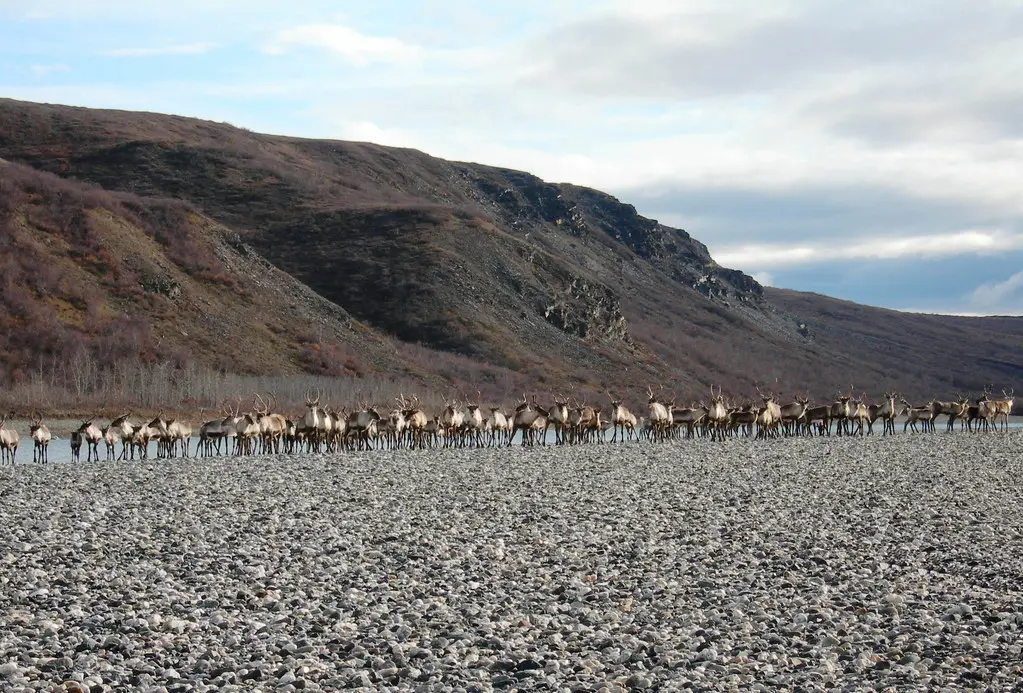
Many animals migrate to specific locations for their final days due to an ancient, deeply ingrained instinct. One of the best examples of this is the caribou, which travels over great distances to designated dying grounds. These migrations have been happening for millennia and are part of a larger tradition that has been passed down through generations. The caribou’s journey is not just about seeking food or a place to reproduce, but about honoring a sacred connection to the land. Scientists believe this migration is guided by an ancient understanding of the land’s rhythms and ecosystems.
According to Earth, the caribou follow the same routes their ancestors once took, and these paths are marked by generations of knowledge passed down through both the individuals and the herd as a whole. Their final destination is not just a place to die, but a sacred site where the death of one contributes to the vitality of the ecosystem. The act of dying in these locations is seen as a fulfillment of their role in the natural world, as their bodies decompose and provide valuable nutrients to the soil and surrounding life forms. This tradition is not just a biological event, but part of the larger ecological cycle that supports life in their habitat.
6. To Avoid Predation
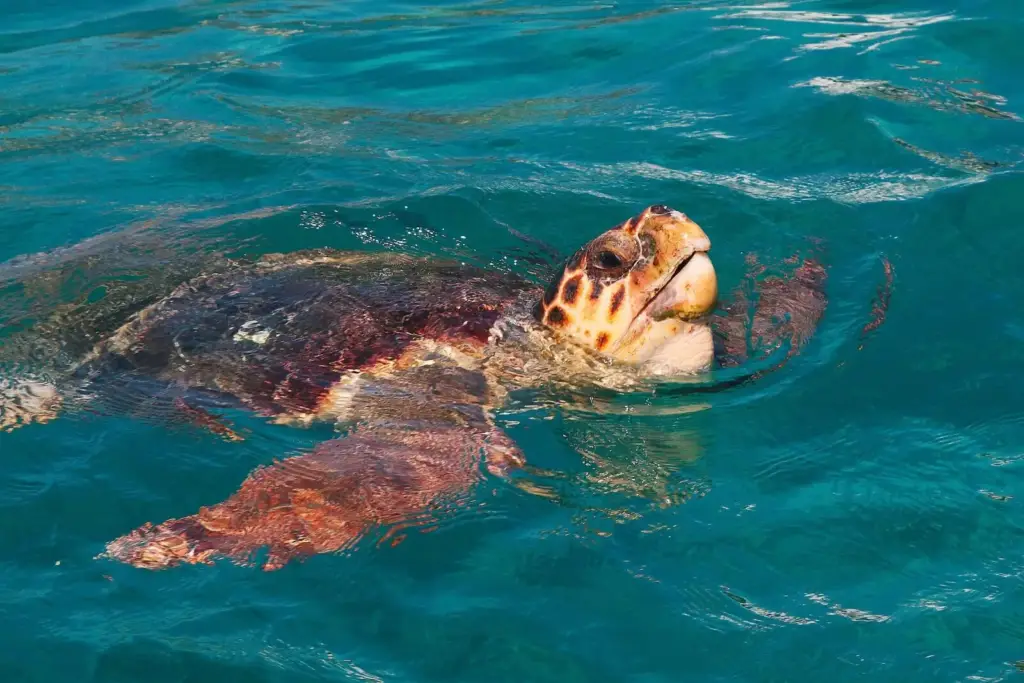
In some animal species, the decision to die far from the usual living environment is driven by the need to avoid predators. Sea turtles, for example, travel great distances to return to the beaches where they were born. Once they lay their eggs, they may never return to those beaches again. As the turtles age and approach death, they may isolate themselves from the group to avoid being preyed upon. By traveling to remote locations, they reduce the chances of encountering predators that could harm them or disrupt the delicate balance of their environment.
For sea turtles, this strategy ensures that their final days are spent away from the threats of human interference or natural predators. Their isolation in the final stages of life allows the next generation to develop without the risk of these disturbances. This behavior highlights the survival strategy of minimizing risks to the younger members of the species. While their deaths may seem lonely, they are part of a larger effort to protect the survival of the species as a whole.
7. To Protect the Young
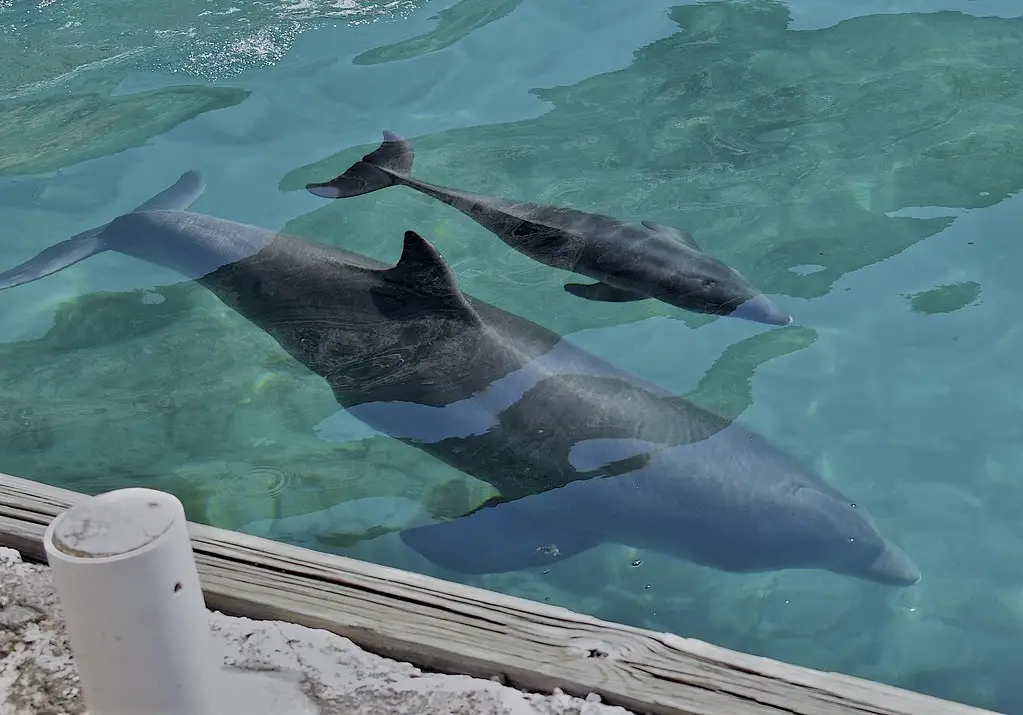
In the animal kingdom, the protection of offspring is often one of the highest priorities. For some species, like certain marine animals, older or weaker individuals instinctively travel to die in isolated locations to protect the young. When it comes time for these individuals to reach the end of their lives, they choose to wander far away from their young to ensure they are not a burden. In some cases, this is a strategic move to avoid predation. By isolating themselves, they prevent drawing predators away from their offspring. This behavior can be observed in some species of whales and dolphins, where older members of the group may swim off alone in their final days.
While this may seem like an act of self-sacrifice, it is also part of the natural survival strategy of the group. In some cases, older members may also help mentor younger ones by taking risks that are ultimately paid off in terms of the group’s future survival. The act of dying away from the young can thus ensure the next generation has the best chance to thrive without the added stress of competing for resources or facing dangerous threats. This behavior demonstrates a deep-seated sense of altruism in certain species.
8. Nutrient Recycling
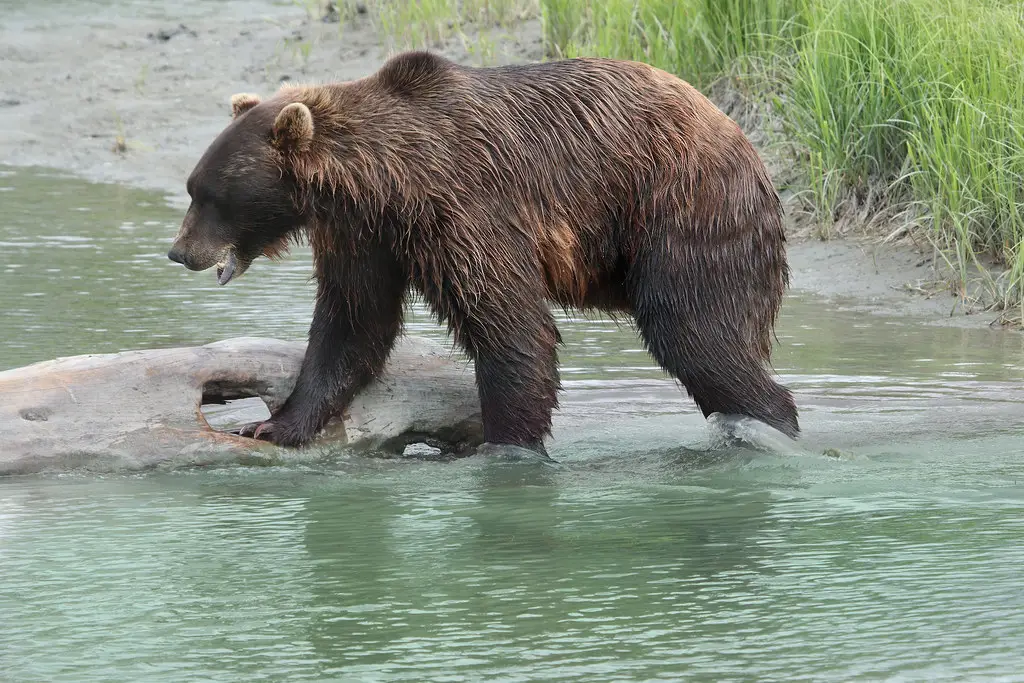
Many animals that travel long distances to die play a crucial role in nutrient recycling. Their bodies, once they pass away, become a valuable food source for scavengers, decomposers, and the broader ecosystem. An example of this can be seen in the Alaskan brown bear, which may wander into the wild to die, far from the reach of human settlements. As the bear’s body decays, it feeds a host of organisms, from insects to larger predators, and the nutrients are absorbed back into the soil.
This process of decomposition enriches the local environment, promoting the growth of plants and trees that rely on organic material to thrive. The decaying body helps establish a cycle where death is not an end, but a necessary part of ecological life. Many scavengers, including birds, foxes, and even wolves, rely on this food source. In this way, the act of dying far from their usual environment serves as an ecological service, contributing to the continued health and balance of the ecosystem.
9. A Form of Self-Sacrifice
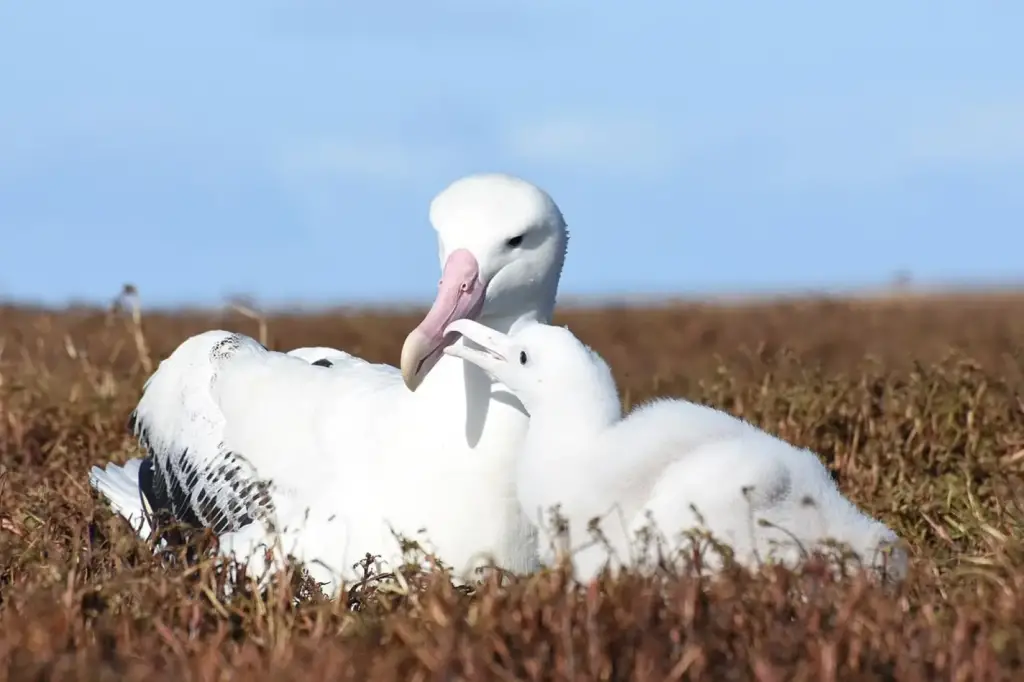
In some animal species, older individuals choose to die alone or in isolation as a form of self-sacrifice. This behavior has been seen in species like wolves, elephants, and certain primates, where aging or weakened individuals may separate themselves from the group. By doing so, they reduce the strain on resources and allow healthier members to take the lead. In some cases, these individuals may even wander far from the group, ensuring that the next generation remains strong and well-fed.
This self-sacrifice is often driven by an innate sense of duty to the group’s survival. The older members may even instinctively know that their time has come and that stepping aside ensures a better future for their descendants. This altruistic behavior, while sad, highlights the communal nature of many species. It serves as a reminder that, in nature, survival is not always about the individual, but about ensuring the collective success of the species.
10. Spiritual or Mystical Significance
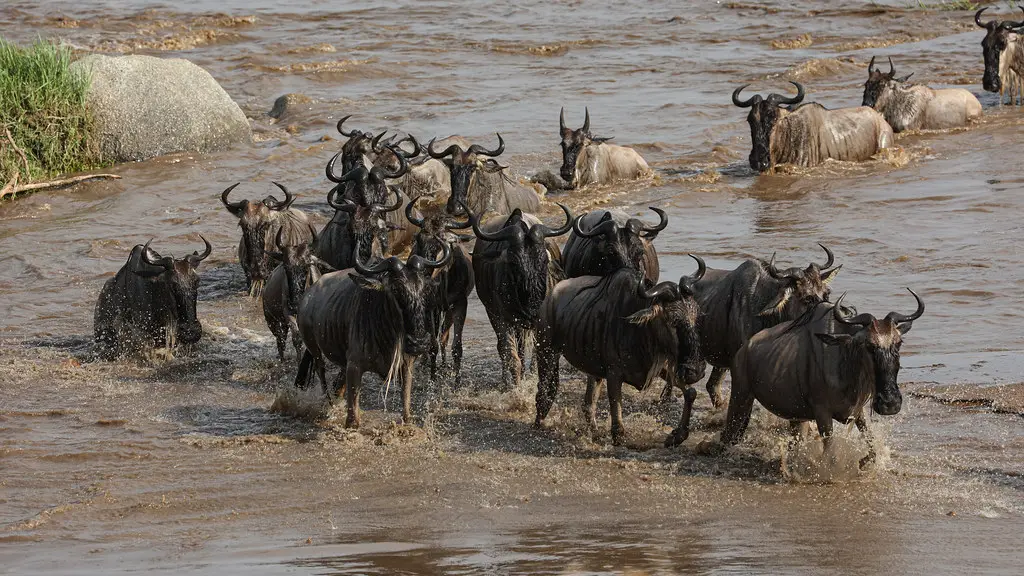
In some cultures and animal behaviors, migration to die is seen as a ritualistic or spiritual act. While not scientifically proven, many traditional stories and myths suggest that certain animals follow a divine or spiritual path when it comes time for them to die. Native American folklore, for example, speaks of animals making pilgrimages to sacred grounds as part of a spiritual journey. In these traditions, the act of migration and death is symbolic, representing a return to the earth and the spirits.
While these interpretations may be spiritual in nature, they reflect the profound connection between animals and their environment. In many species, the instinct to return to a familiar, sacred place may be tied to ancestral knowledge passed down through generations. This mystical view suggests that these journeys may not simply be driven by survival instincts, but by an understanding of the natural world and its cycles that transcends physical need.


